Tourists from around the world flock to Utah’s most popular national parks Zion, Bryce Canyon, Arches, and Canyonlands. However, Capitol Reef is often overlooked and stands to be the most underrated national park in all of Utah.
We were blown away by the sheer beauty and magic of this region and are excited to share the best things to do in Capitol Reef for a dreamy weekend!
The Best Things to Do During a Weekend in Capitol Reef National Park
Table of Contents
- Day 1: Driving to Capitol Reef and setting up camp
- Day 2: Exploring Fruita and Capitol Reef
- Cinnamon Rolls at the Gifford House
- Pick fruit from the Fruita orchards
- Cool off in the Fremont River
- Hike the Hickman Bridge Trail
- Stop to view the Capitol Reef Petroglyphs
- Visit the historic Fruita Schoolhouse
- Stop at the Goosenecks Overlook
- Stop at Sunglow for their famous pies
- A few more recommended things to do in Capitol Reef National Park:
Day 1: Driving to Capitol Reef and setting up camp
Capitol Reef is a little out of the way, which may contribute to the smaller crowds. However, the drive out there is quite enjoyable as you pass through charming little country towns.
Plan to take your time as you drive to Capitol Reef and make a few little stops along the way.
Grab lunch in Loa
On our way to Capitol Reef, we stopped at Marinia’s Country Cafe in Loa for lunch. When you step in the diner, you’ll feel like you’ve walked into your grandma’s kitchen.
You’re greeted with friendly smiles, faded floral window coverings, and kitschy decor. The hearty homecooked food hits the spot and is the perfect pit stop!
Order a Bleu Bacon Burger, homestyle fries (with fry sauce, of course!), and a Blueberry Crumble for dessert.
Stop at the rope swing in Torrey
My favorite town that we drove through was Torrey. I felt like we stepped onto the set of the Andy Griffith Show.
The idyllic town looks as if it’s frozen in time. The main street is dotted with white picket fences, a weathered general store, a historic old schoolhouse, and an irrigation canal lined with swaying cottonwood trees.
As soon as my boys spotted a rope swing dangling from the branches we had to stop and take a few swings across the canal!
Torrey is the last town with cell service and the last place to fuel up with gas and food.
If you’re looking for a place to eat, Wild Rabbit Cafe is a family-owned restaurant serving homemade pastries, hearty sandwiches, and organic salads. They’ll even pack a lunch for you to take with you as you hike in the park.
Check into the Fruita Campground
We arrived at the Fruita Campground late that afternoon and were immediately charmed! In the late 1800s, this fertile valley was settled by pioneers who planted thousands of fruit trees.
The Fruita Campground is located within the orchards and guests are free to pick the fruit.
There is also a small historic homestead that sells fresh homemade fruit pies and cinnamon rolls.
The campground is like something out of a fairytale. The verdant landscape sits in the shadow of towering red cliffs with a river to play in, a sunset hike overlooking the valley, and deer grazing in the orchards at dusk and dawn.
Fruita is the only developed campground in the park and hosts 71 sites. Each site is shaded with a picnic table, fire pit, and/or grill.
The sites are large enough for RV’s, but there are no electrical, water, or sewage hookups.
The bathrooms are clean and well kept with running water and flush toilets, but no showers.
The campground is open year-round with a nightly fee of $20. Spots fill up quickly in the summer, so make your reservations far in advance. During the winter months, sites are first-come first-serve.
Watching the deer in the orchards
As evening sets in, the deer gently make their way into the orchards.
My kids were fascinated as they quietly watched from a distance and held out fallen apples in hopes that they would come and eat from their hands. Of course they didn’t, but it was still a highlight of our trip!
Sunset Hike on the Cohab Trail
The Cohab Trail begins just across the road from the historic barn at the Fruita campground.
The trail traverses up the mountain through a series of moderate switchbacks.
From here you can connect to the South or North Overlook Trails, or the Frying Pan Trail leading to Cassidy Arch.
If you continue the 1.7 miles on the Cohab Trail, it will take you over the mountain and down the other side to the base of the Hickman Bridge Trail.
We didn’t do the entire trail, but instead scrambled up a little way to take in the panoramic views over the valley.
It was such a peaceful and tranquil scene as the golden light grazed the landscape below and the sinking sun painted the sky a soft lavender.
Outdoor film and s’mores
Alongside the river, you’ll find a worn dirt path to the left that leads to an open-air theater.
In the warm summer evenings, educational films are shown under the stars. Daily ranger talks and presentations are also held here.
We watched a short film about the geological history of Capitol Reef before making our way back to camp.
We sat around the campfire roasting hot dogs and s’mores and playing games before tucking into our sleeping bags.
That night we slept under the most brilliant night sky. This area is considered an International Dark Sky Park and I couldn’t believe all the stars glittering in the sky!
Day 2: Exploring Fruita and Capitol Reef
Cinnamon Rolls at the Gifford House
For breakfast, we took the short trail from the campground to the Gifford House to snag some freshly baked cinnamon rolls.
We also picked up an apple crumb pie and sourdough loaf for later, but they didn’t last long!
The Gifford Farmhouse is an original pioneer home that was part of the Gifford homestead that also includes a barn, garden, smokehouse, and pastures.
Today the home has been renovated and serves as a gift shop and museum.
The Gifford House is known for its homemade fruit pies using the fruit from the orchards, as well as freshly baked cinnamon rolls and artisan bread.
Local crafts, handmade jams, and souvenirs are also for sale at the gift shop.
Visitors can also view a room that has been replicated to reflect what it would have looked like in the early 1900s.
The Gifford House is open from mid-March through the end of October and is free to visit. Be sure to come early for the baked goods, they sell out fast!
Pick fruit from the Fruita orchards
Even if you don’t plan to camp at the Fruita campground, definitely make a stop and explore the area.
Fruita is a little oasis in the Fremont River Valley. The area was settled by early pioneers at the base of the commanding red rock cliffs and the confluence of the Fremont River and Sulphur Creek.
The 200-acre rural historical district is the perfect collision of history and beauty.
Although few original structures remain from the early settlement, approximately 3,000 fruit trees that were planted by the pioneers still stand today.
Tidy rows of apple, cherry, apricot, pear, and plum trees fill the valley floor. The trees are even watered using the same irrigation ditches that were dug by the pioneers in 1880.
Visitors are welcome to pick and eat any of the ripe fruit at no charge. However, if you would like to harvest any fruit and take it with you then there is a fee per pound.
When we visited in mid-June, the cherries would have been the only fruit in season. Unfortunately, a late frost wiped out the crop. The best time to pick fruit is in late summer or early fall.
Cool off in the Fremont River
The Fremont River skirts along the edge of the campground and makes for the perfect spot to cool off and play on a hot summer day.
Just steps from the campground, you’ll find an oversized cottonwood tree with branches bowing over the river bank.
You’ll find parents setting up chairs under the shade while the kids are busy in the water building dams, skipping rocks, and walking upstream to explore.
*Related post: Spend a weekend exploring the nearby Goblin Valley State Park where you can sleep in a yurt!
Hike the Hickman Bridge Trail
The next day we packed up camp and headed out to hike the Hickman Bridge Trail.
Capitol Reef National Park is considered a Waterpocket Fold, it is essentially an enormous geological wrinkle in the earth’s crust.
The monocline was formed millions of years ago when two plates collided and folded over each other, creating an impassable “reef” of rock.
The Waterpocket Fold extends almost 100 miles and is filled with canyons, cliffs, domes, arches, and bridges, such as the Hickman Bridge.
The trail to Hickman Bridge is located only a few miles from the campground.
Unfortunately, we didn’t head out early enough and were greeted with the scorching sun and only a few small clouds smudging the sky.
The trail is only 1.8 miles round trip, but there are a few steep parts and little shade which made it more challenging in the high heat of the summer day.
Despite the heat, it was a fun and beautiful hike with rocks to climb on, alcoves to hide in, and a massive stone arch at the end of the trail.
The trailhead starts alongside the Fremont River, which makes for a nice spot to splash and cool off after the hike!
I would recommend going early in the morning or later in the evening if you plan to visit in the summer.
Stop to view the Capitol Reef Petroglyphs
Ancient rock art drawings from the Fremont Indians can be found scattered throughout the park.
However, one of the best spots to view them is just west of the Hickman Bridge Trail.
You’ll find a parking lot just off Hwy 24 with a wooden boardwalk leading to a viewing platform.
The collection of drawings can be found high on the slick red rock cliffs.
Visit the historic Fruita Schoolhouse
As you continue west on Hwy 24 back towards the campground, you’ll see the historic Fruita Schoolhouse just off to the right.
This modest one-room building served as the school, church, and community center for the Fruita settlers from 1896-1941.
Today the schoolhouse has been restored to reflect the period and is listed on the National Register of Historic Places.
Visitors can peer through the windows or step inside when it is open during the summer.
Stop at the Goosenecks Overlook
One thing that I love about Capitol Reef National Park is that there is so much to see without having to travel far.
On your way out of the park, make a quick detour at Chimney Rock to snap a picture then continue to the Goosenecks Overlook.
The parking lot for the overlook can be found down a dirt road about 1 mile off of Hwy 24.
From the parking lot, you’ll take a short 600-foot trail up to the observation deck where the view does not disappoint.
From this vantage point, you can see Sulphur Creek snaking through the deep layered ravine.
The Sunset Point overlook trail is also located at this parking lot. The trail to this overlook is 1/3 mile.
We didn’t have time to do both, but I’ve heard it’s a spectacular view of the Waterpocket Fold and Sulphur Creek Gorge.
*Related posts: For more travel guides to Utah’s Mighty 5, check out our guides to Zion National Park, Bryce Canyon National Park, and Arches National Park!
Stop at Sunglow for their famous pies
We were sad that our short weekend in Capitol Reef had come to an end and it was time to head home.
On our way back, we stopped to eat at the Sunglow Motel and Restaurant in Bicknell.
This quaint little cafe has earned accolades for its famous pickle pie. When my sister-in-law last visited, CNN was even there doing a special interest piece about this unique pie. So of course we had to stop!
If the idea of chopped pickles and creamed sugar baked in a pastry crust doesn’t appeal to you, don’t worry, they have a large selection of mouthwatering traditional pies too!
I have to admit that I chickened out and didn’t try the pickle pie!
We kept it simple with grilled cheese sandwiches, sweet potato tots, and a generous slice of banana cream pie, and it hit the spot!
If you’re looking for another unique place to eat, Curry Pizza just down the road was featured on Food Network’s Diners, Drive-Ins, and Dives.
Here you’ll find a delicious twist on the traditional pizza. Instead of tomato sauce, the homemade dough is spread with a savory Indian curry sauce.
A few more recommended things to do in Capitol Reef National Park:
There is still so much we would love to do in Capitol Reef, so we are hoping to make it back soon! If you have extra time, here are a few more things to do in Capitol Reef National Park
- Capitol Reef Visitor Center: Be sure to stop at the visitor center to get hiking recommendations, watch a short video, visit the small museum, and pick up a junior ranger booklet.
- Sulphur Creek: Hiking through Sulphur Creek is such a great way to cool off in the summer. The full trail is 6.25 miles one way, but you can just wade through a portion of the trail. The trail can be accessed from the visitor center.
- Scenic Drive: The 8-mile Scenic Drive Road starts at the visitor center and winds its way south through the heart of Capitol Reef. The road leads through spectacular scenery to reach several popular trailheads. You can also access the dirt spur roads leading to Grand Wash and Capitol Gorge. The road is not a loop road, you’ll need to turn around and return the 8 miles back. There is a $20 fee to access this area of the park, a self-pay station can be found just south of the campground. Hwy 24 is also considered a scenic byway if you want to explore the landscape to the west free of charge.
- Capitol Gorge Trail: This easy trail is only 2 miles roundtrip and follows along the scenic wash with petroglyphs along the way.
- Grand Wash Trail: The trail is 6.25 miles roundtrip, but is rated easy as it just follows along the canyon floor. If you don’t want to complete the entire trail, you can just walk to the Narrows, a short slot canyon located about 1.3 miles from the trailhead.
- Cassidy Arch: Hiking to this impressive arch is one of the most popular things to do in Capitol Reef. The arch is named for the famed outlaw, Butch Cassidy. The strenuous 3.4-mile roundtrip hike leads to the large arch where Butch Cassidy supposedly hid out. You can even walk across the top of the arch, reminiscent of Devil’s Bridge in Sedona!
- Cathedral Valley: Ever since I saw these photos of the Temple of the Sun and Moon in Cathedral Valley, I knew I wanted to go! Unfortunately, the rugged 15-mile dirt road requires a high-clearance vehicle and my Honda Civic just wouldn’t cut it, but it is definitely on my bucket list!
I hope this guide helps you find the best things to do in Capitol Reef so that you can enjoy a dreamy weekend in this national park!
Other posts you might like:
- Three Perfect Days in Southern Utah
- Four Reasons Why Kanab is Southern Utah’s Best Kept Secret
- Hiking Zion’s Canyon Overlook Trail
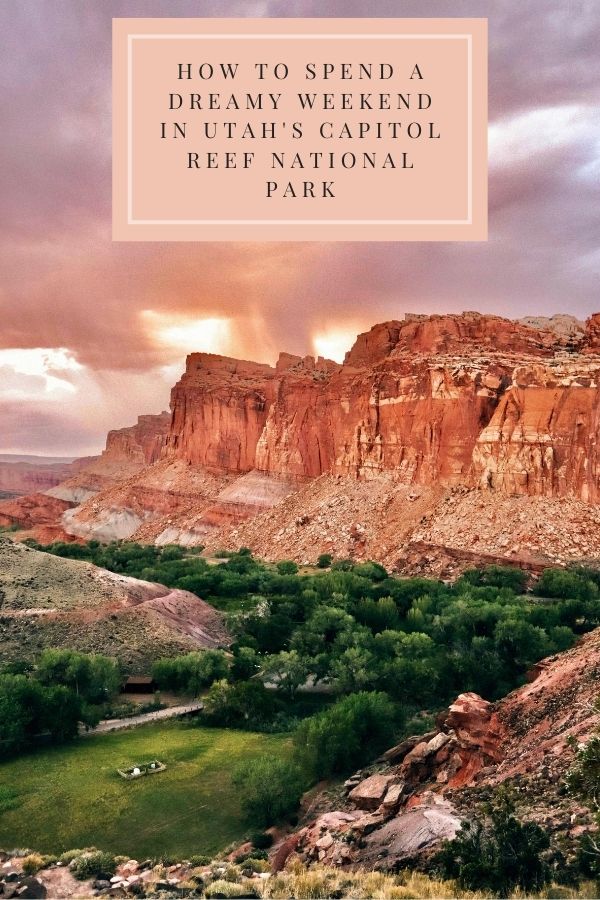
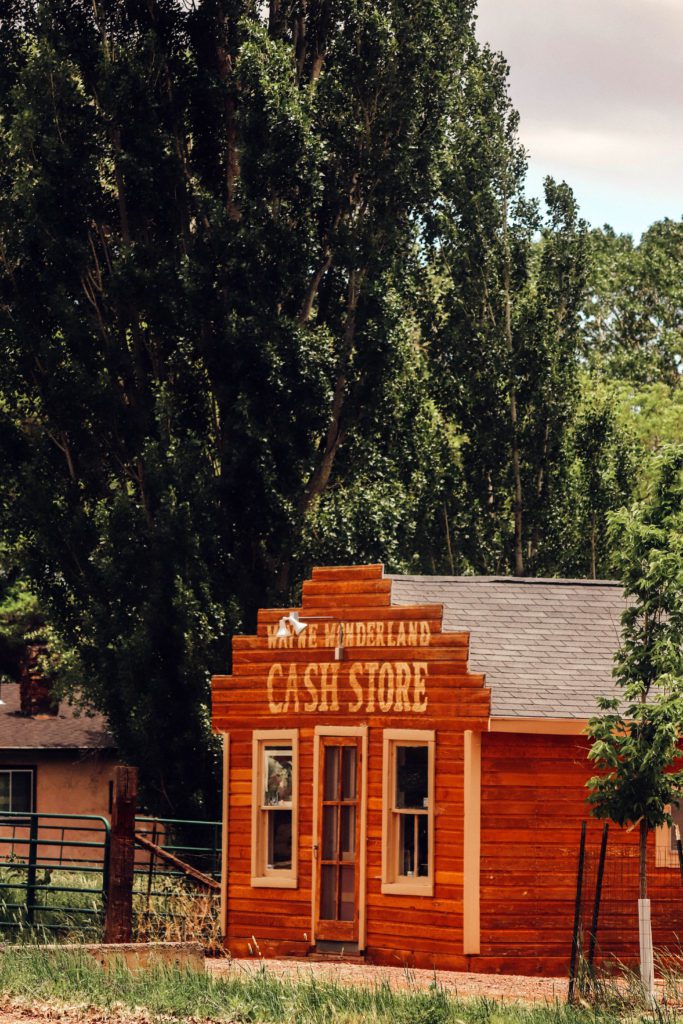
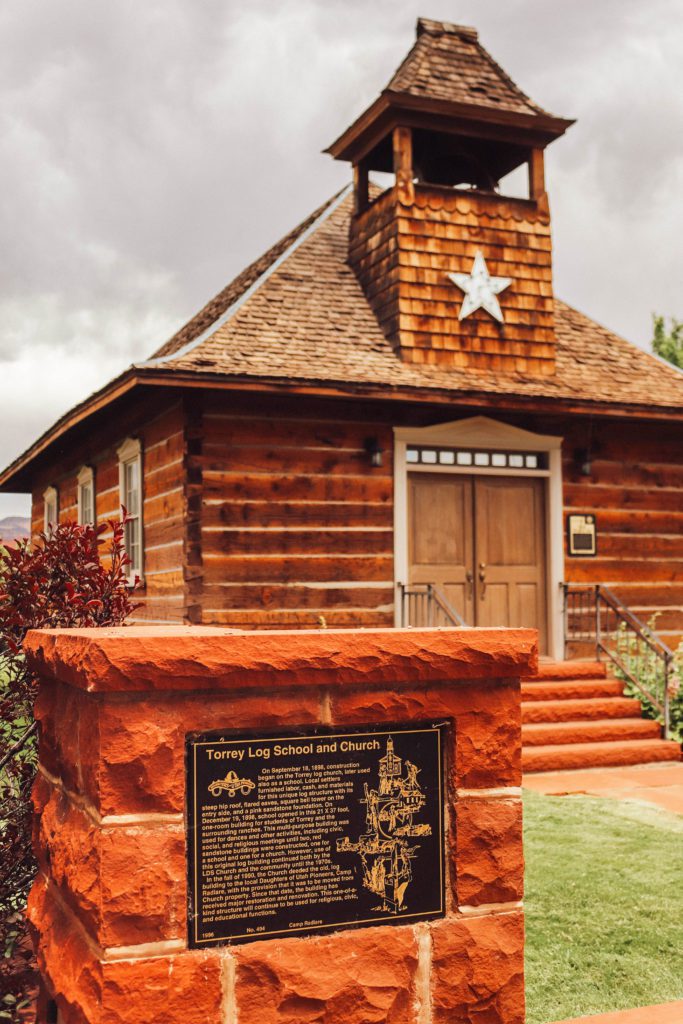
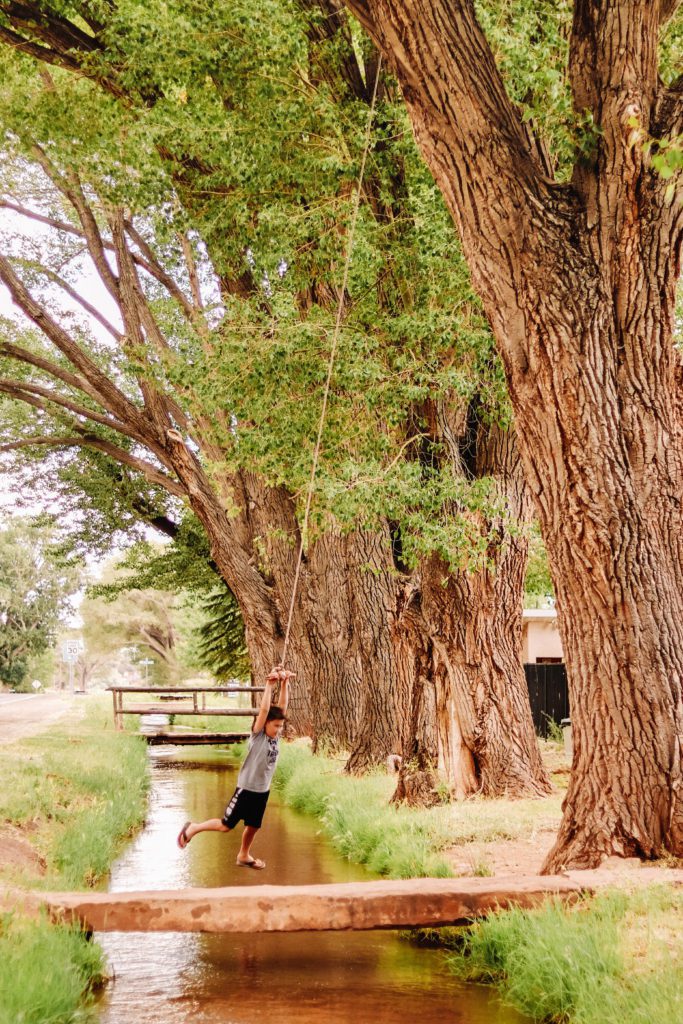
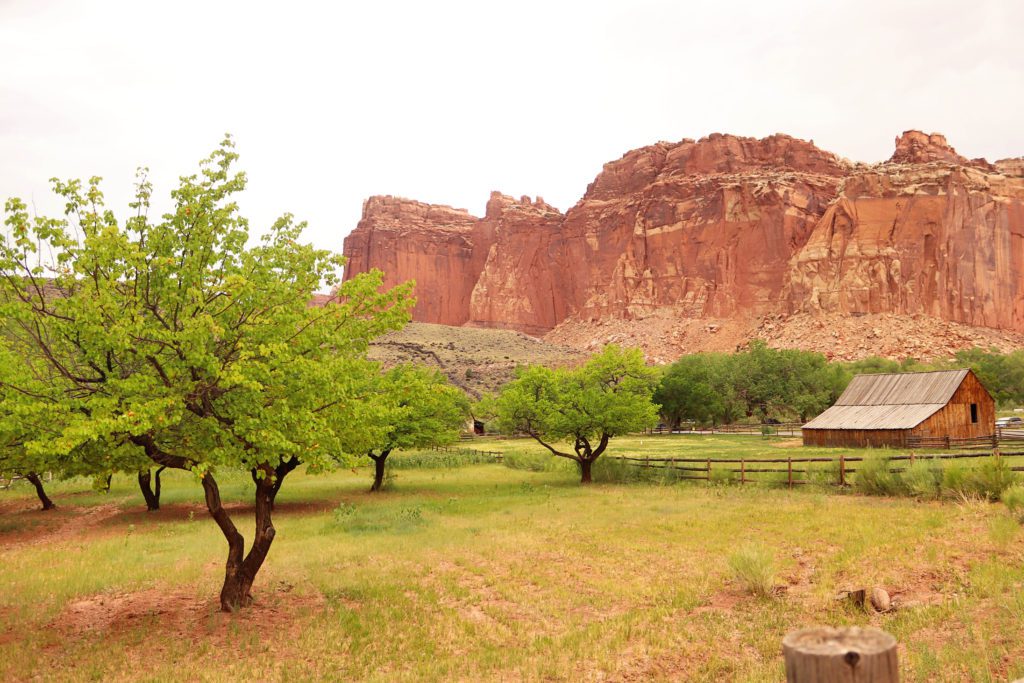
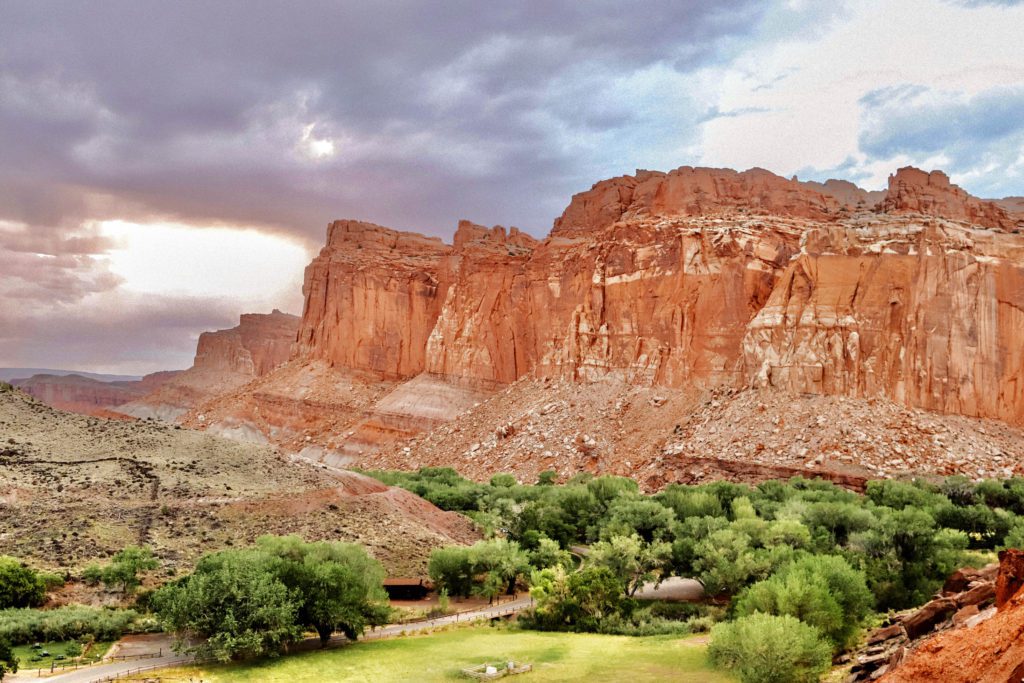
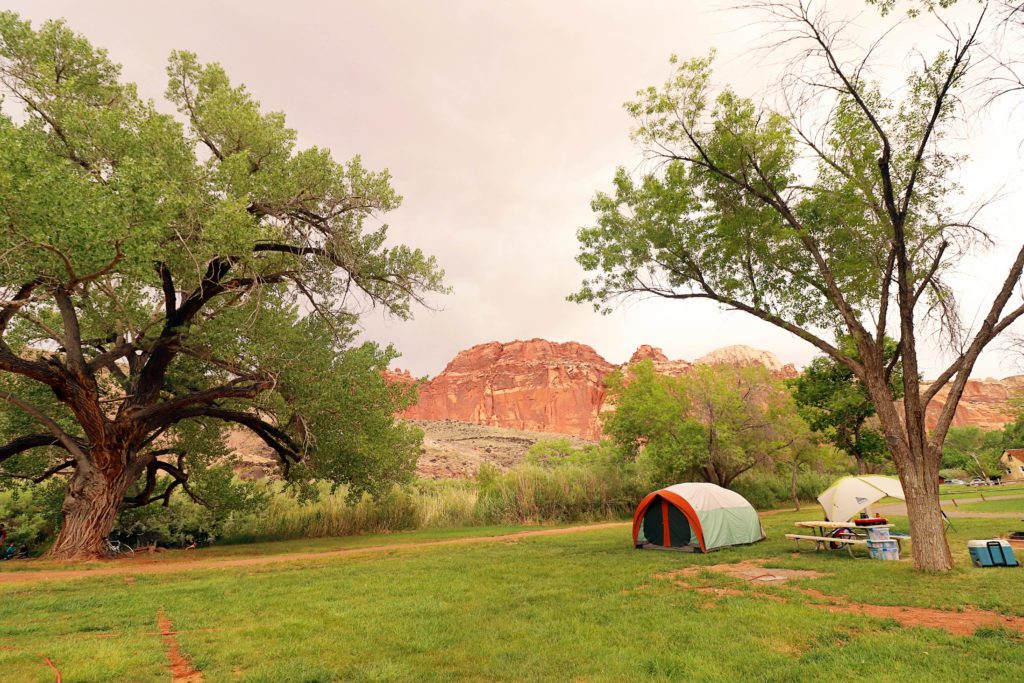
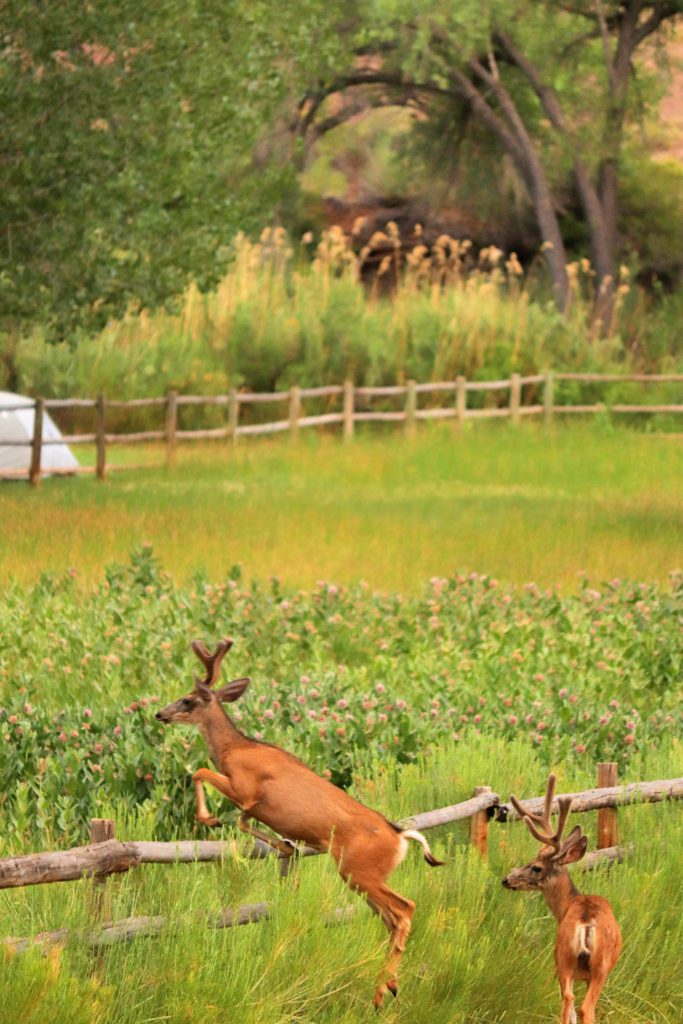
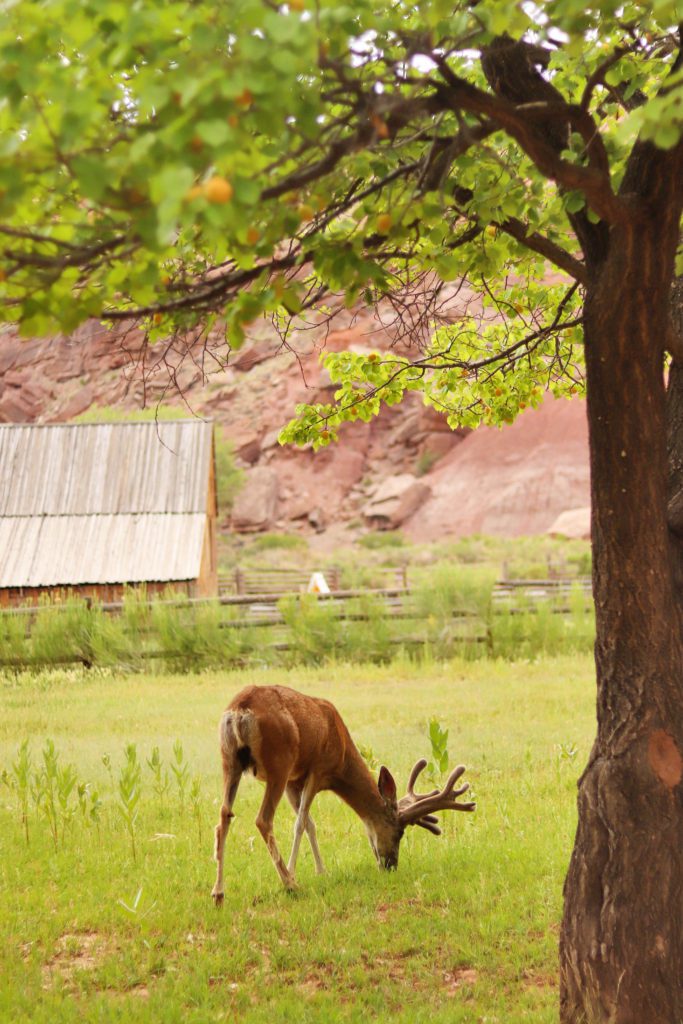
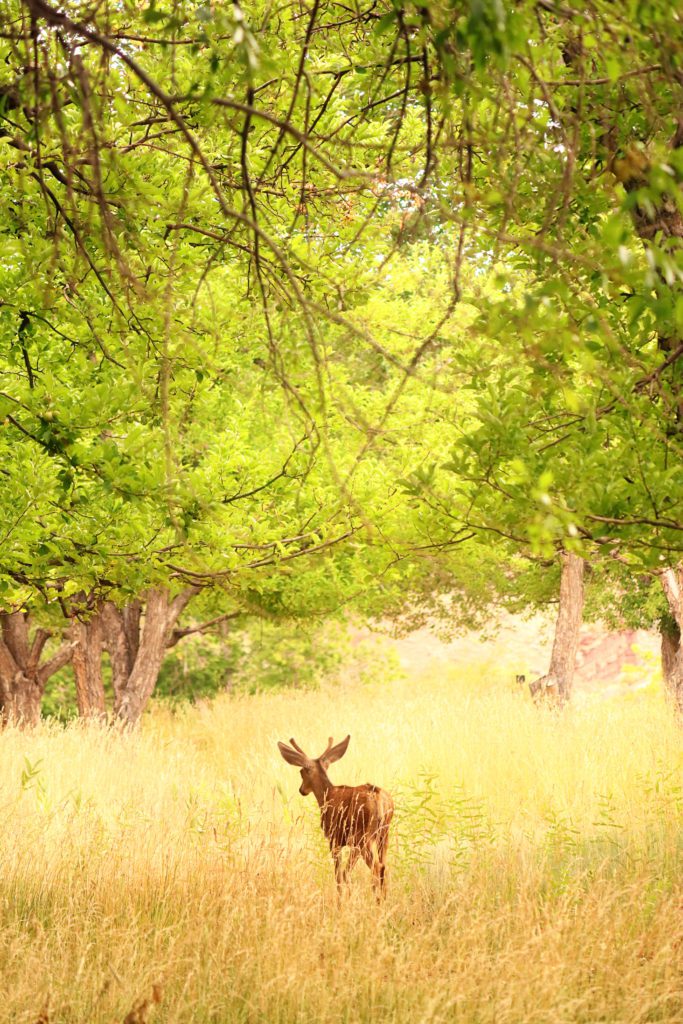
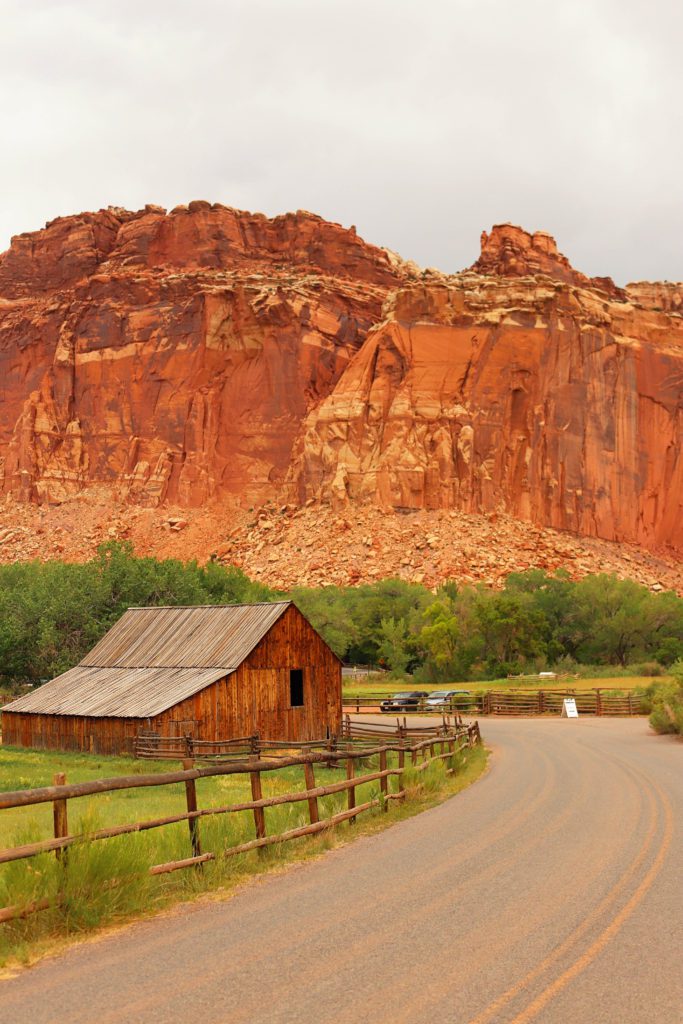

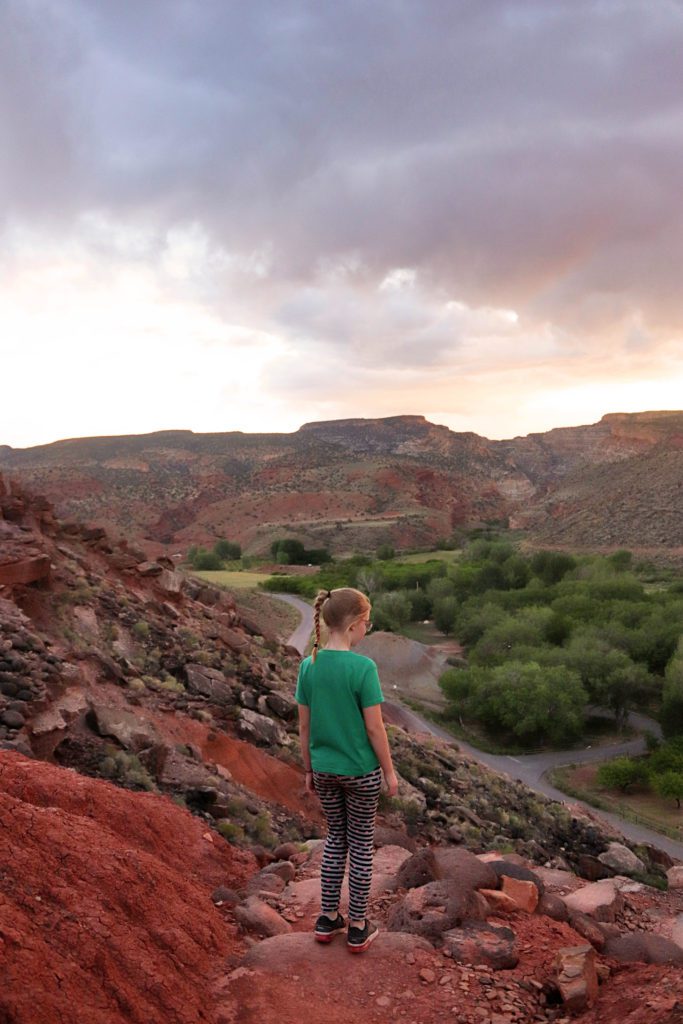
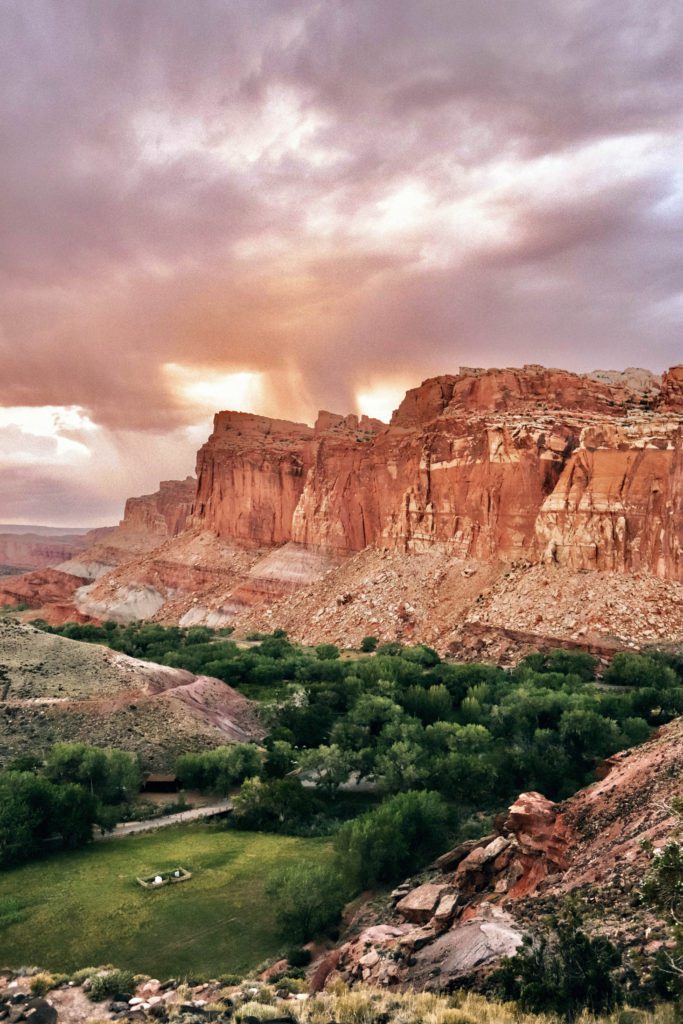
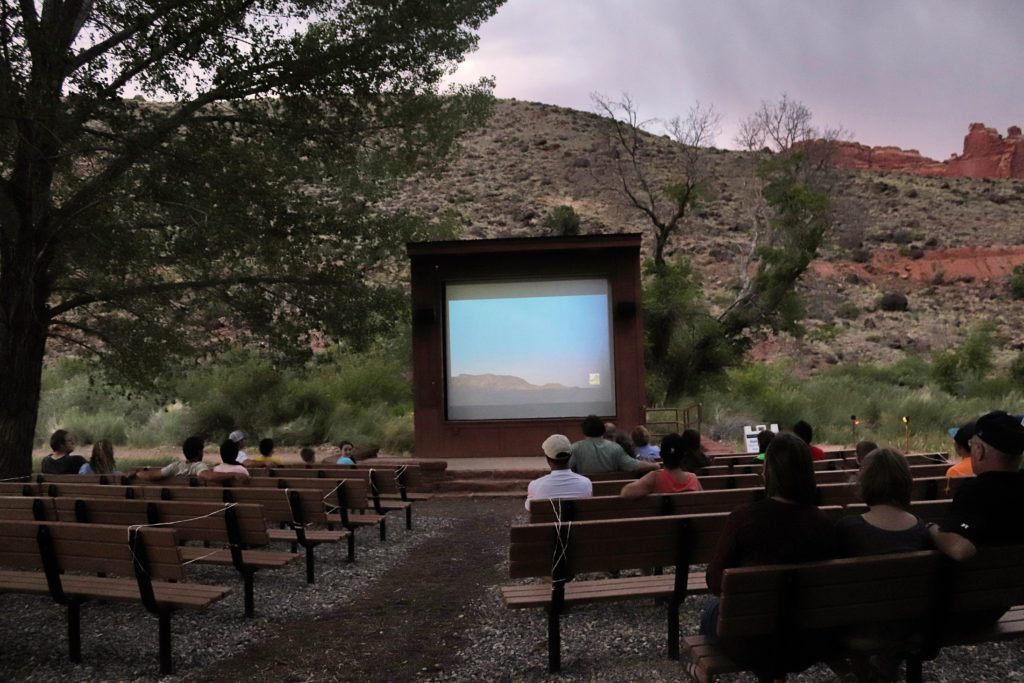


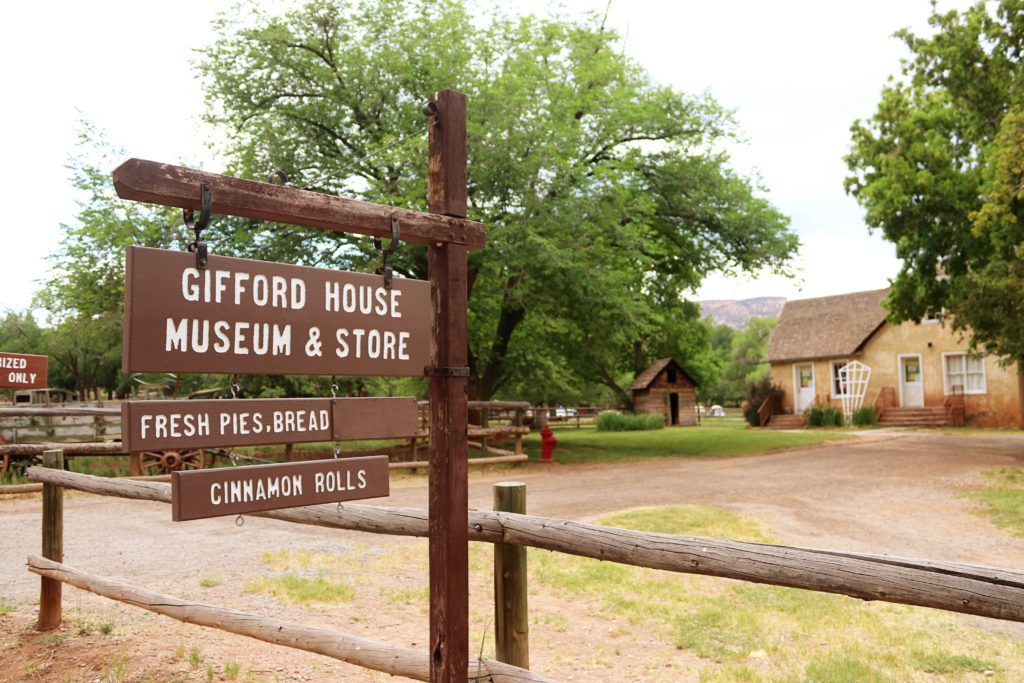
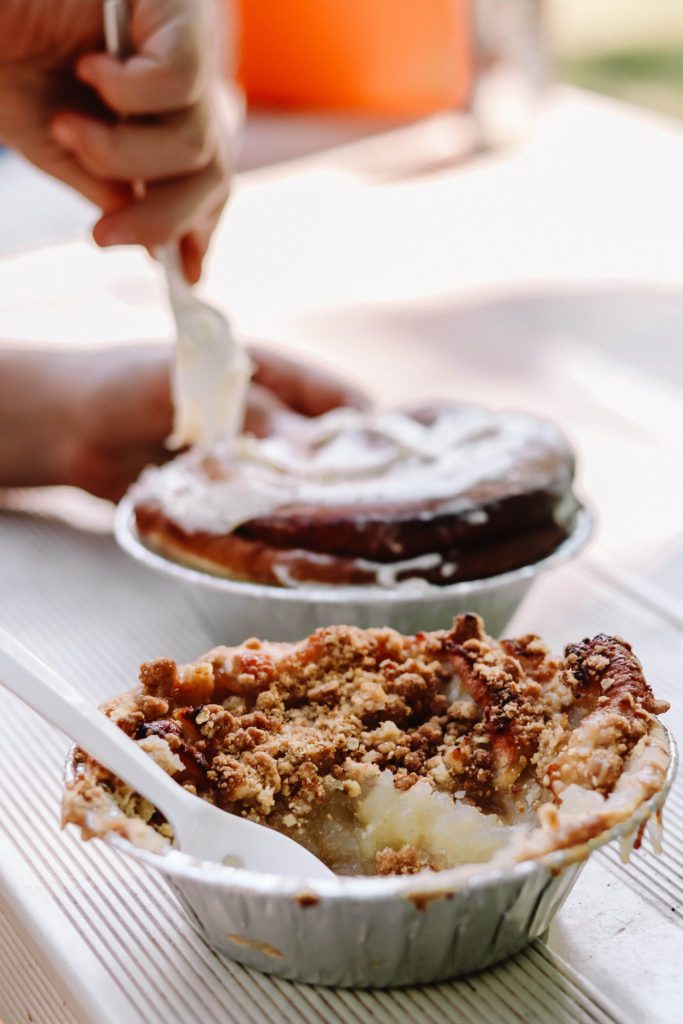
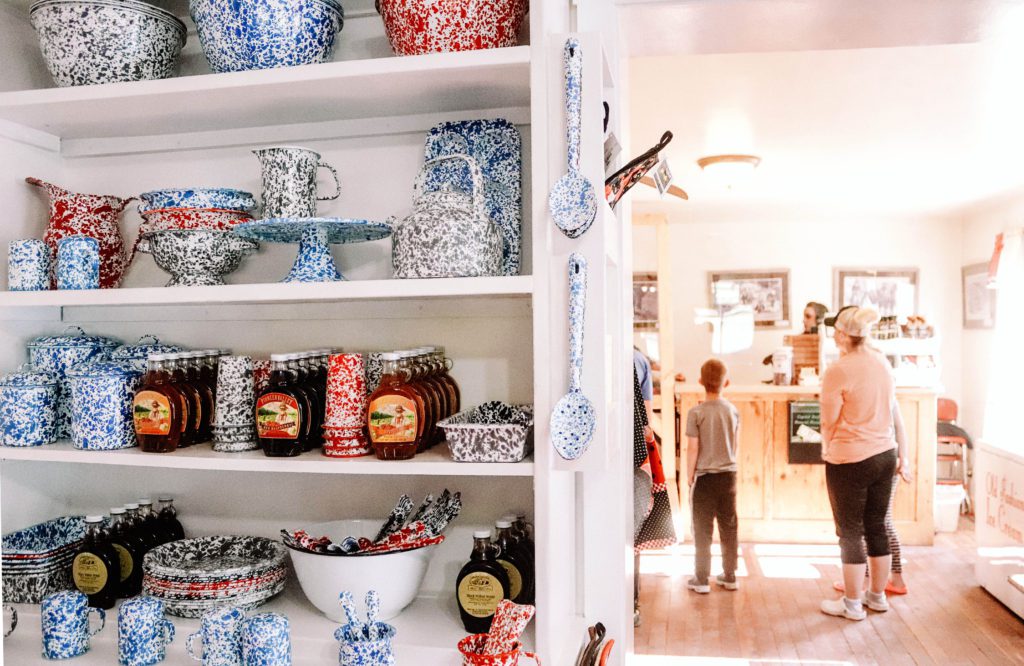
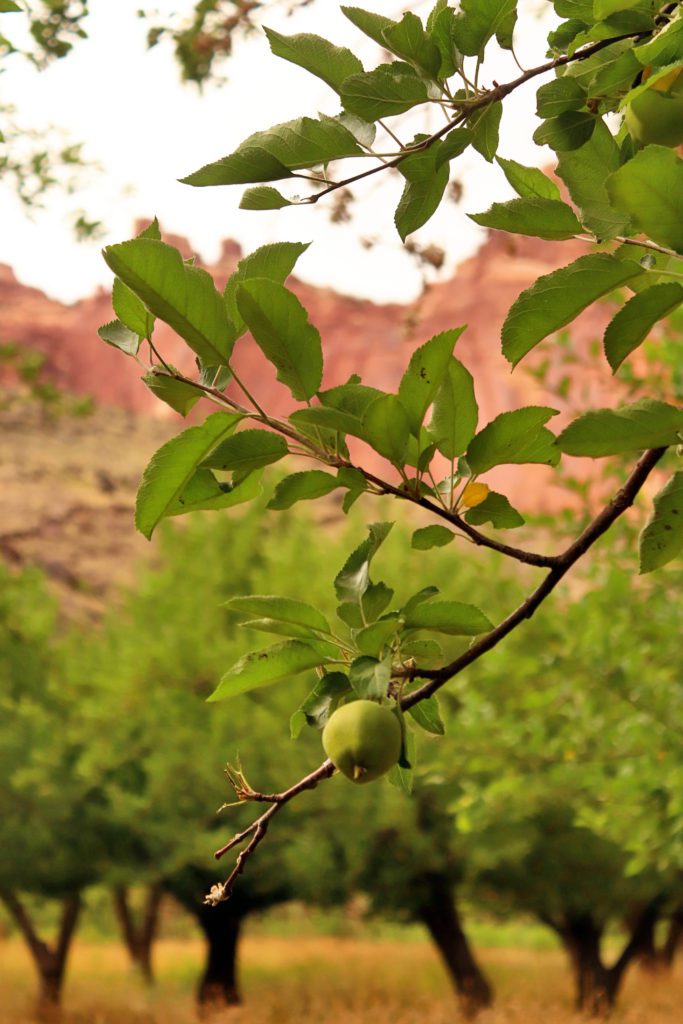

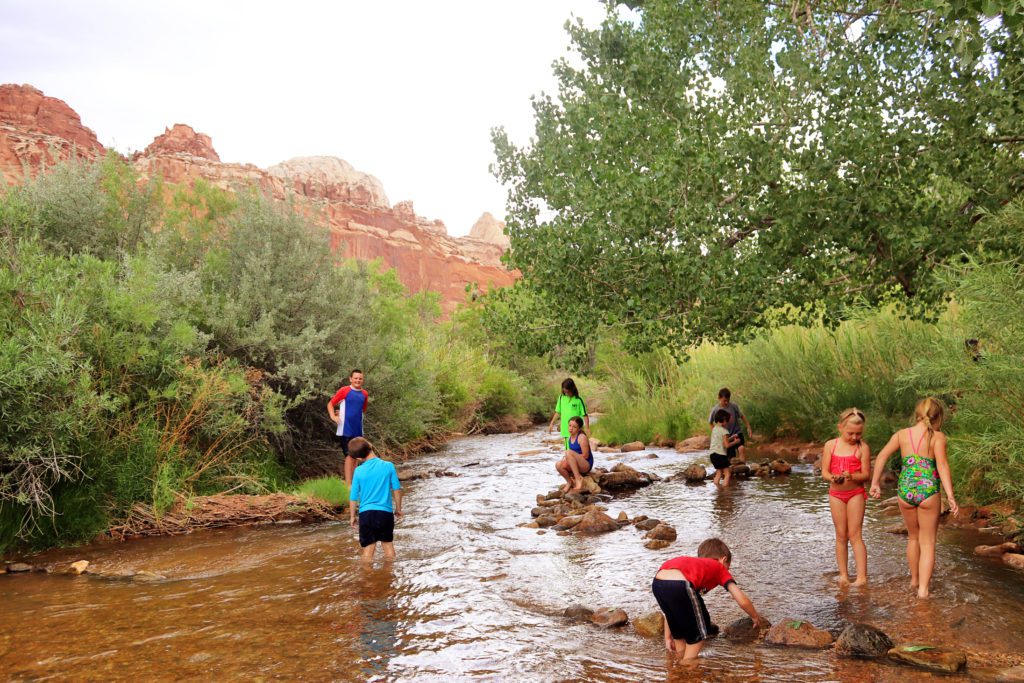
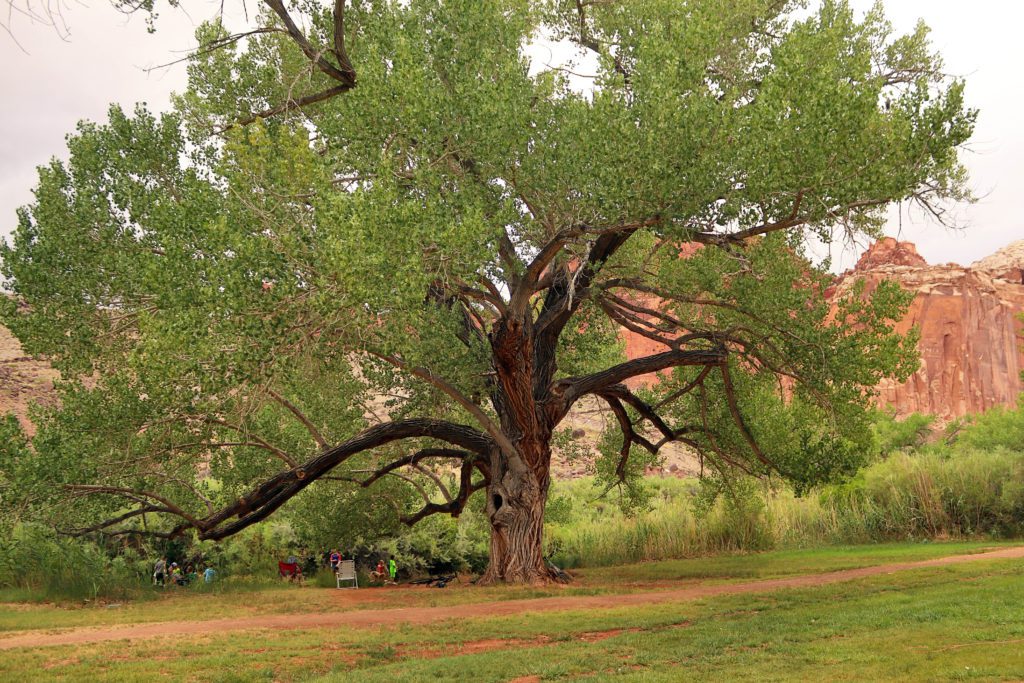
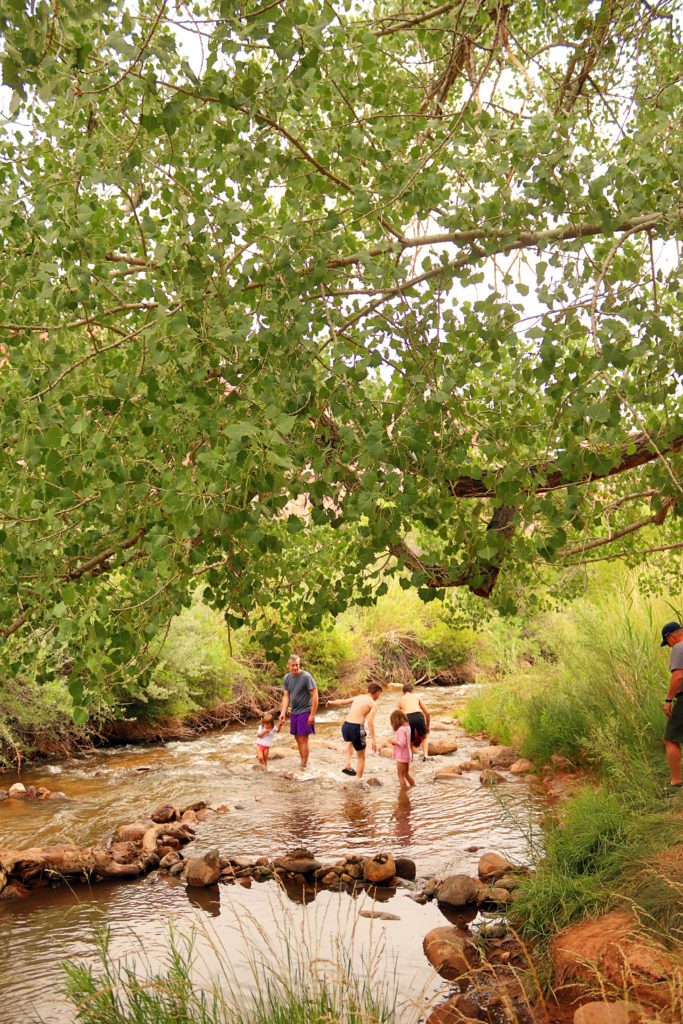
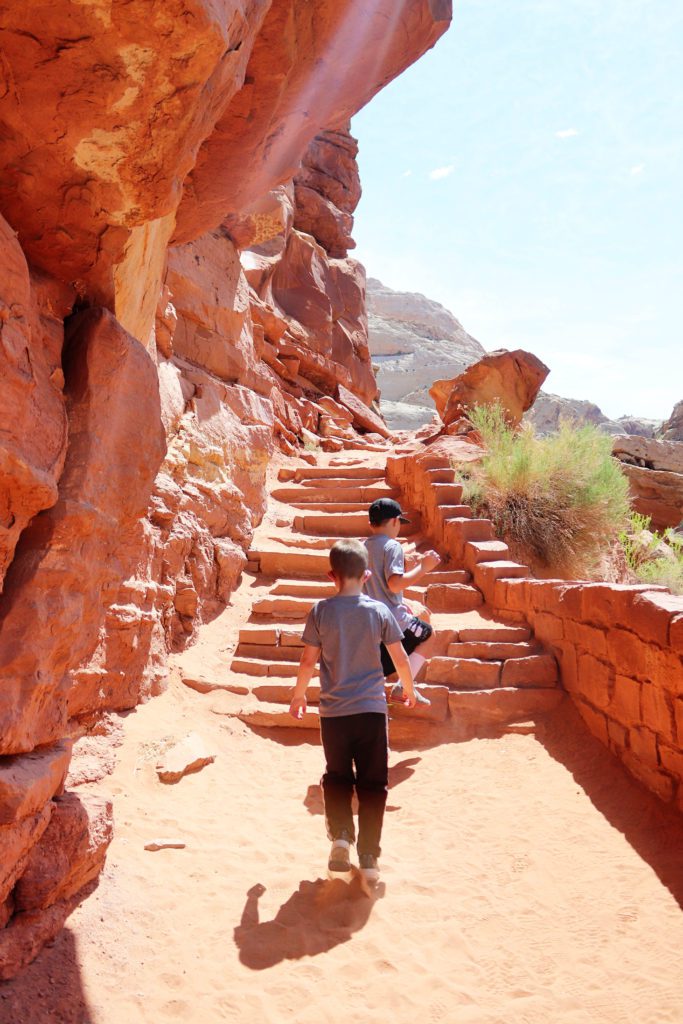


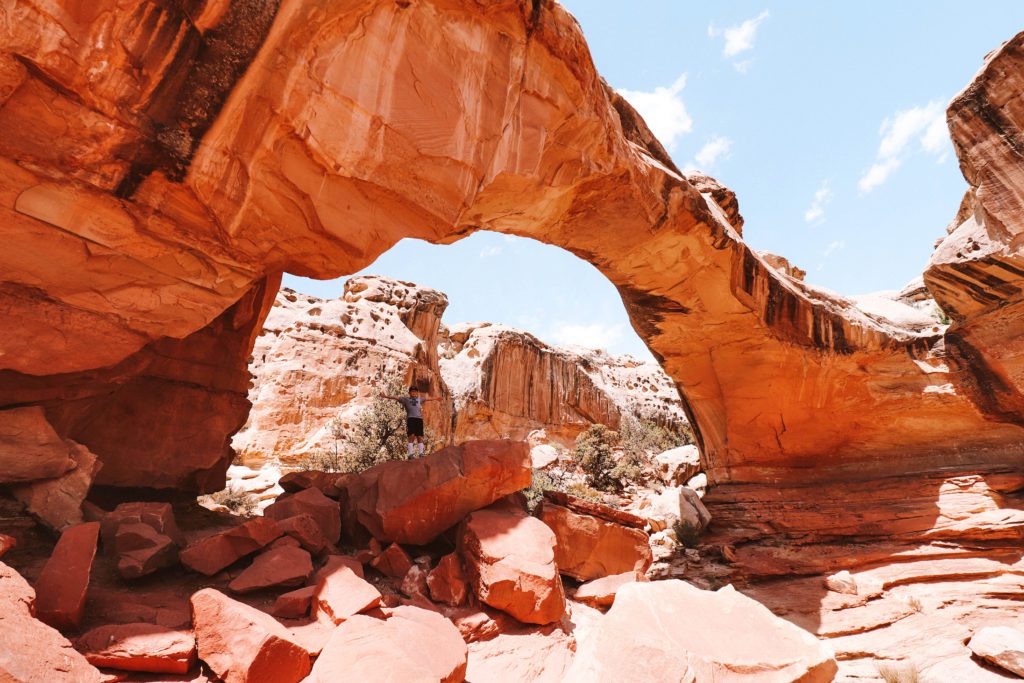
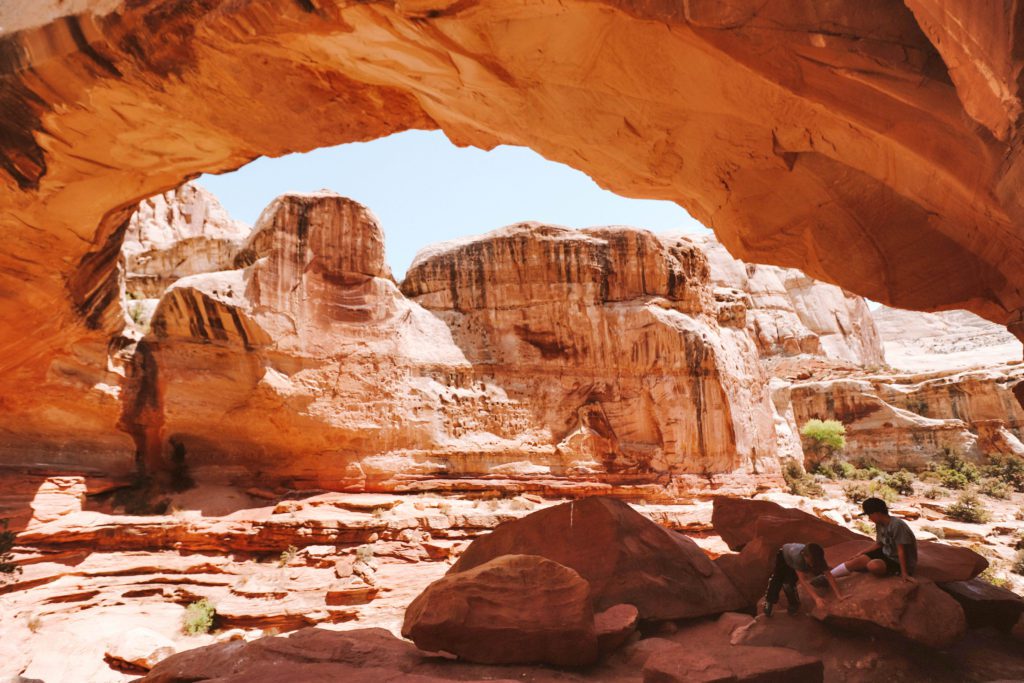
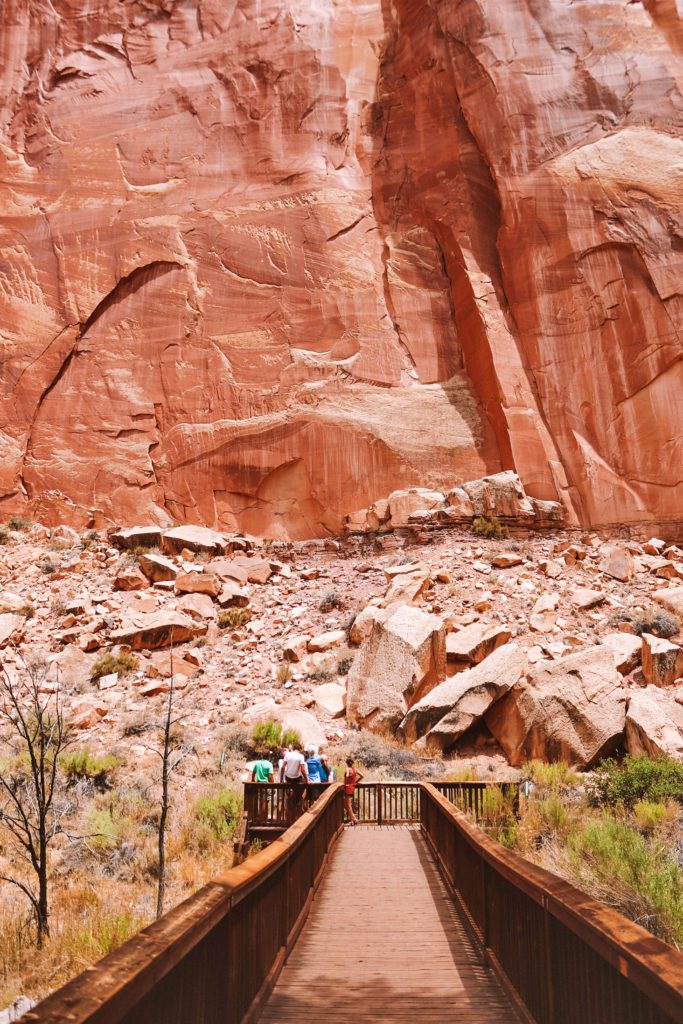

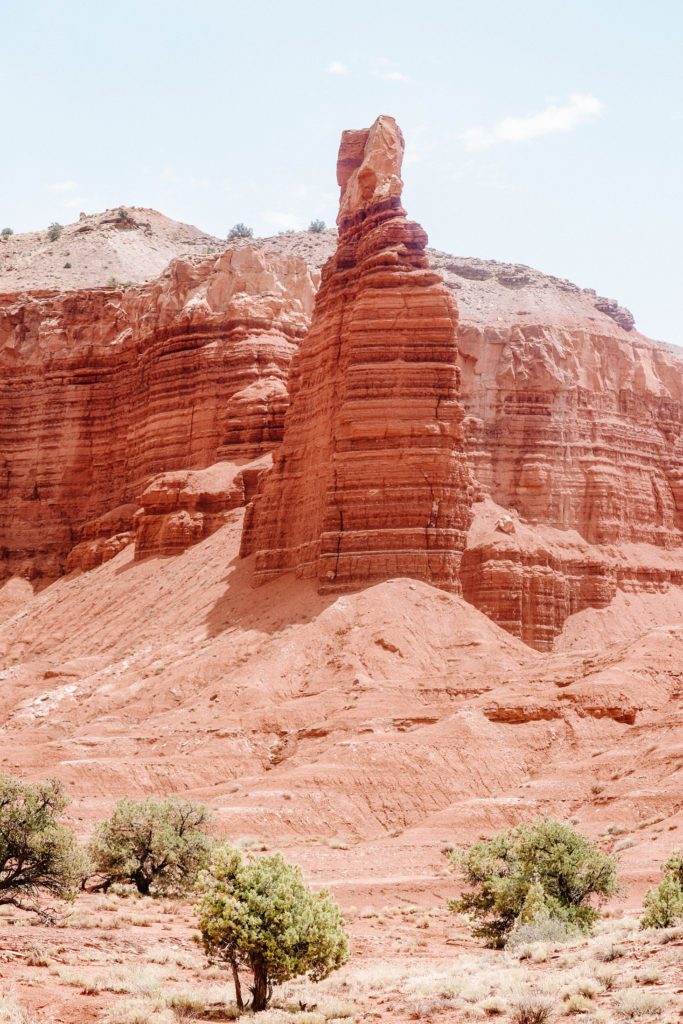
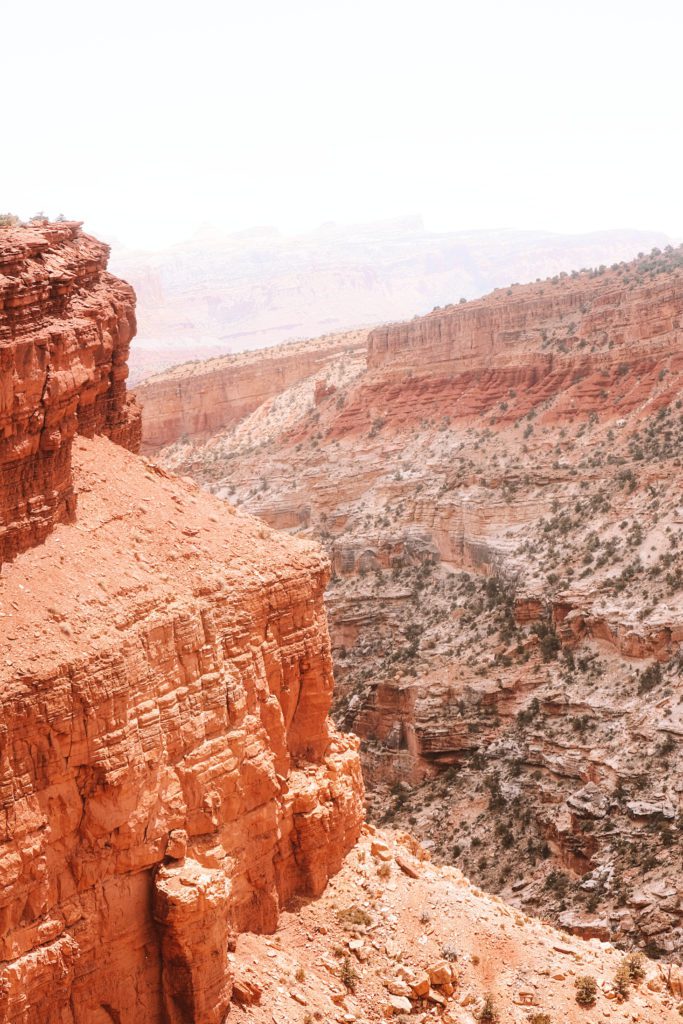
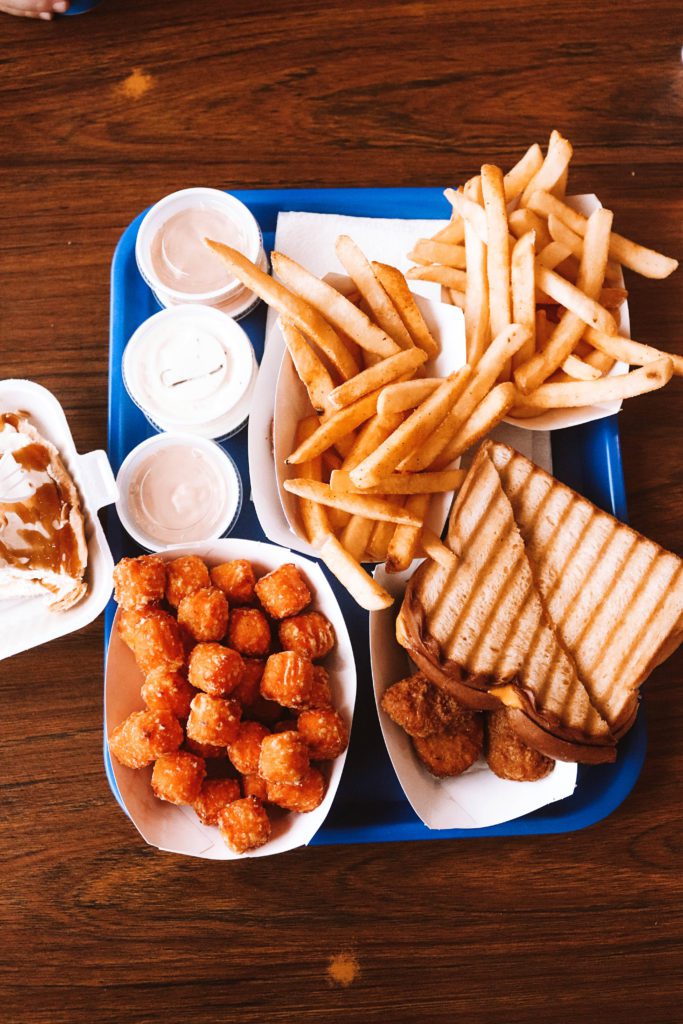
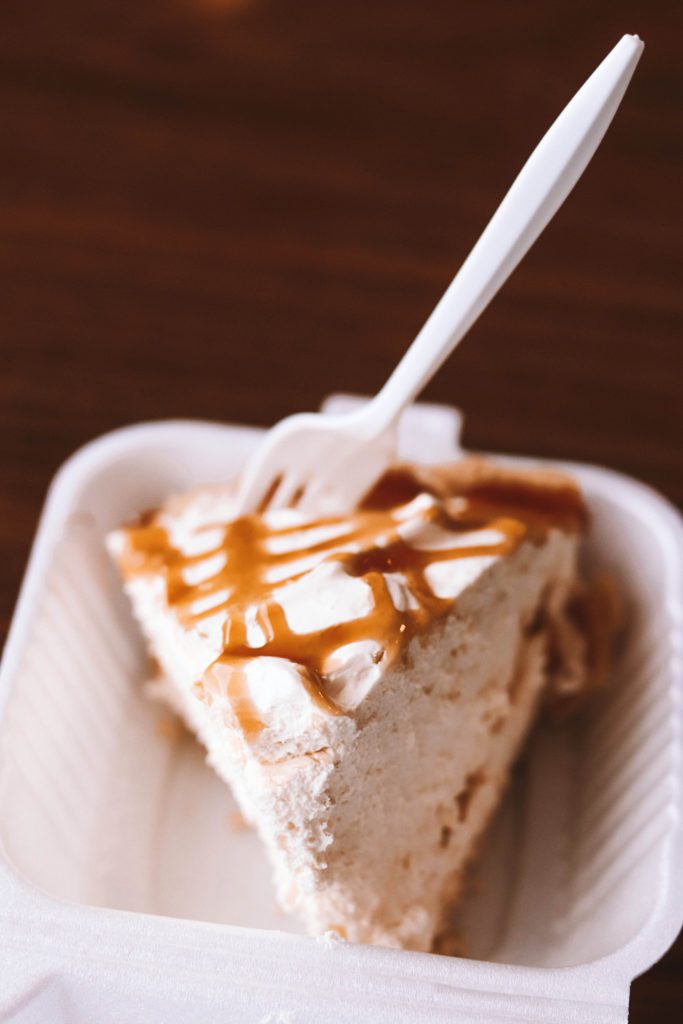
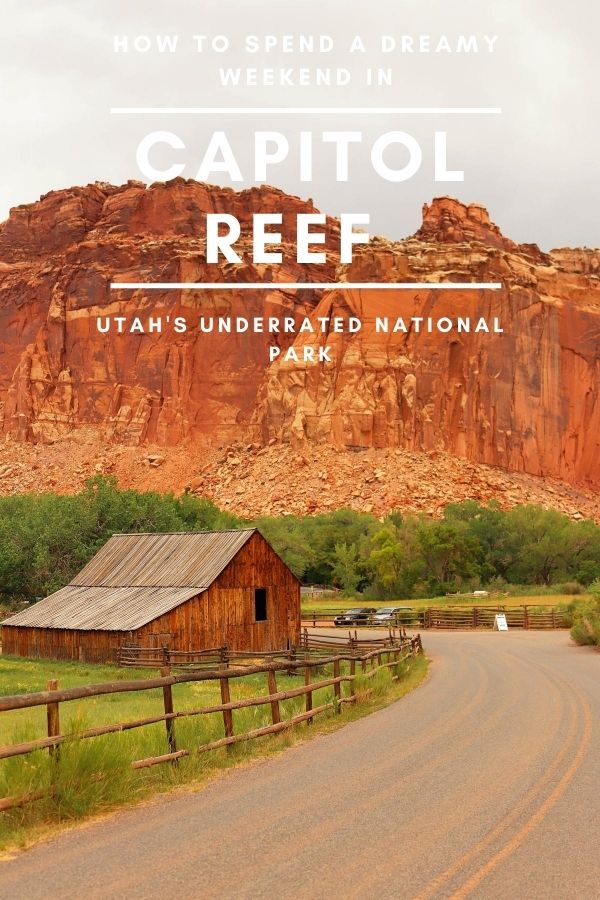
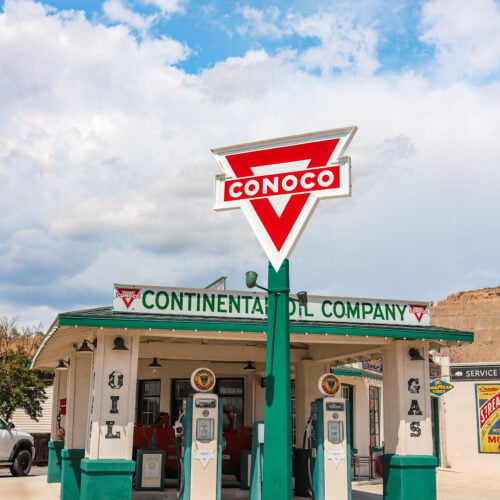
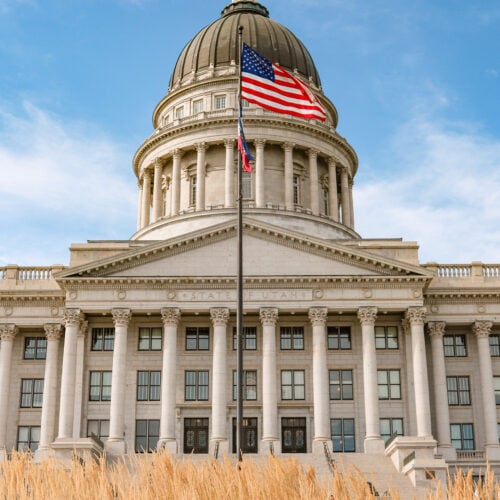

[…] How to Spend a Dreamy Weekend in Capitol Reef National Park […]